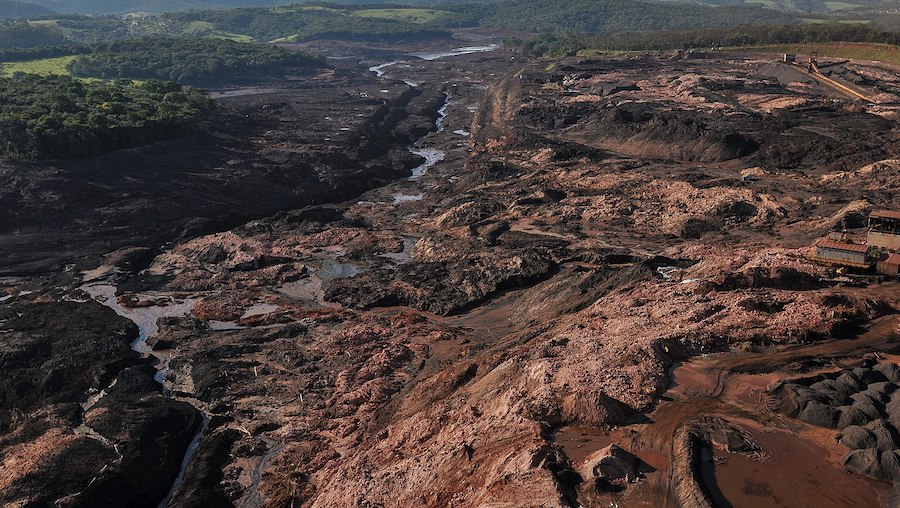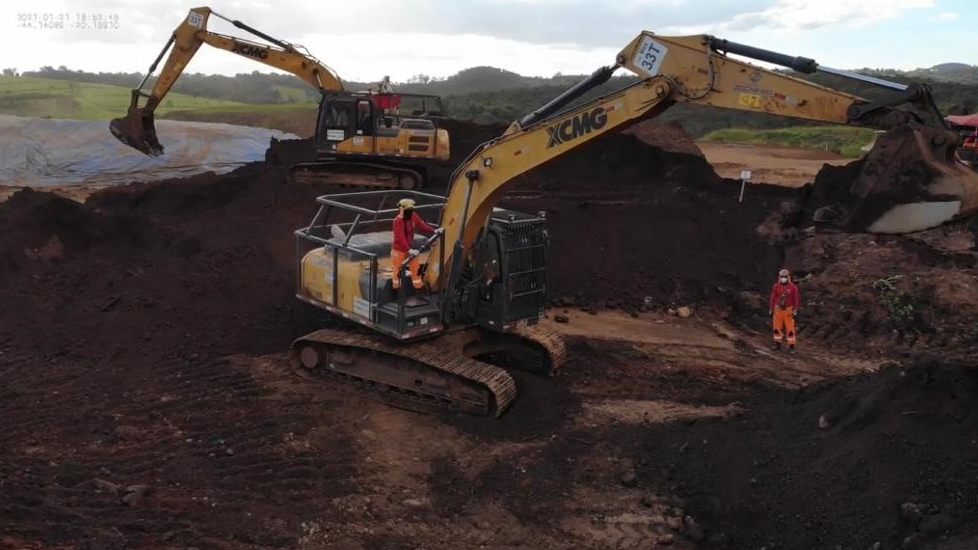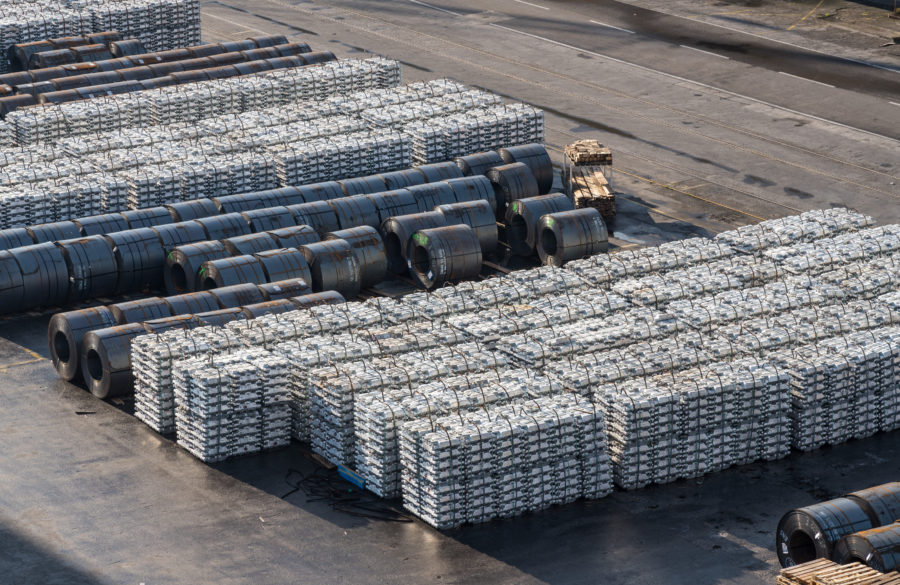Two years after Brumadinho, still no convictions

Federal Police in Minas Gerais, Brazil, expect to receive the forensic report by the end of March on the cause of the tailings liquefaction that led to the dam collapse at Vale’s (NYSE: VALE) Córrego do Feijão mining complex in Brazil, which killed 270 people two years ago.
The report, produced in a partnership with the Universities of Barcelona and Porto, should have been delivered last year, but was delayed due to the coronavirus pandemic.
“The forensic report is the most important piece that remains to be produced for the end of the investigation,” Luiz Augusto Pessoa Nogueira, head of investigations, Federal Police, told MINING.COM.
“Only after that can we say if it was a crime of intentional homicide or omission, malpractice or imprudence,” he said.
In September 2019, Brazilian police indicted Vale, the testing service TÜV SÜD and 13 employees of the two companies for producing misleading documents about the safety of the dam. Each of these crimes can yield from 3 years to 6 years, and can reach a total of 18 years in prison.
In January 2020, Vale SA’s former chief executive officer Fabio Schvartsman was charged with homicide after an investigation conducted by the Minas Gerais police, but the federal investigation is still ongoing and Vale’s lawyers can challenge the charge based on the results of the federal investigation results. Other former employees were also accused of homicide.
Last week, relatives of the victims of the disaster filed a civil suit in Germany against TÜV SÜD.
The group claims that the company issued the Brumadinho tailings dam certification, when it was insecure, for fear of losing Vale as a customer. TÜV SÜD said in a statement that it remains convinced that it has no legal responsibility for the disaster.
A recent study by researchers at the University of Nottingham and Durham University showed that the dam collapse could have been foreseen with the right monitoring technology.
Dispute
Vale has not reached an agreement with the State on a settlement for damages regarding the deadly disaster and negotiations are currently on hold.
In November, the head of the Brazilian state of Minas Gerais rejected the miner’s proposed settlement of around 21 billion reais ($3.97bn).
Minas Gerais is requesting 54.6 billion reals ($10.3bn) in compensation, a figure that includes relocation and the psychological damage suffered by survivors and the victims’ families.
Vale argues that it has already paid about 8,700 individual claims and has allocated about R$ 10 billion ($ 1.83 billion) to repair the damages. Vale would be willing to pay another R$ 29 billion ($ 5.3 billion).
If nothing changes by next Friday (29), the negotiation will be closed and the case will return to the first instance of the Brazilian Justice.
“Vale has already paid compensation directly to the victims’ families. The settlement is for economic damages caused to the state, and the government of Minas Gerais relies heavily on this money to pay back salaries of state employees, to finance the reelection of the current governor of Minas Gerais Romeu Zema in 2022” writes Murilo Rocha, author of the book Brumadinho – The Engineering Of A Crime (Brumadinho – A Engenharia de um Crime).
“The government of Minas Gerais plans to build roads, hospitals, schools with this money, which will not benefit directly the community of Brumadinho,” Rocha writes.
Still missing
The Fire Brigade of Minas Gerais resumed the search in August 2020 for still missing bodies of 11 victims of the dam collapse. Work had been halted on March 21 due to pandemic protocols. The operation includes 60 military personnel.
“It is a very complex operation, but we will remain in Brumadinho until we are no longer able to find these victims,” Lieutenant Pedro Aihara told MINING.COM. “This is very important, especially for family members.”

Despite the Brumadinho disaster and the Fundão dam tragedy in 2015, Vale has not complied with a number of commitments signed with authorities to prevent a new disaster, federal prosecutor Edison Vitorelli told Reuters.
Twenty-nine dams that Vale uses to store mining waste still present elevated safety risks, according to Vitorelli.
“Brumadinho revealed that several other dams were unsafe,” says Murilo Rocha. “Some small towns have been evacuated, nobody believes that a new disaster can’t happen again, it was clear that the inspection was flawed.”
In November 2019, the news portal G1 revealed that Minas Gerais had only one inspector from the National Mining Agency (ANM) to inspect 364 dams.
The United Nations, the Church of England’s pension board and the Council on Ethics of the Swedish National Pension Funds on Monday said they would form an independent organization to enforce global tailings standards that the trio helped write last year.
The group intends to use the threat of disinvestment to persuade miners around the globe to adhere to the standards, Adam Matthews, the Church of England pension board’s ethics director told Reuters.
“We’ve told the mining industry that it doesn’t matter where the next tailings disaster is, it’ll be bad for all,” Matthews said.
Vale said in a statement it had not “defined values” for a potential settlement.
State prosecutors said on Monday they would continue to seek compensation for the victims.
Charges are pending, but two years later, there have been no convictions.
(With files from Reuters)
More News
Column: Europe’s future metals strategy hindered by current crisis
Chinese over-capacity and high energy prices have accelerated the long-term decline of European steel and aluminum production.
March 29, 2025 | 02:25 pm
Anglo starts talks with banks on possible De Beers IPO
Anglo is pursuing a dual-track process in its effort to exit De Beers by trying to find a buyer for the struggling business.
March 28, 2025 | 12:19 pm
{{ commodity.name }}
{{ post.title }}
{{ post.excerpt }}
{{ post.date }}



Comments